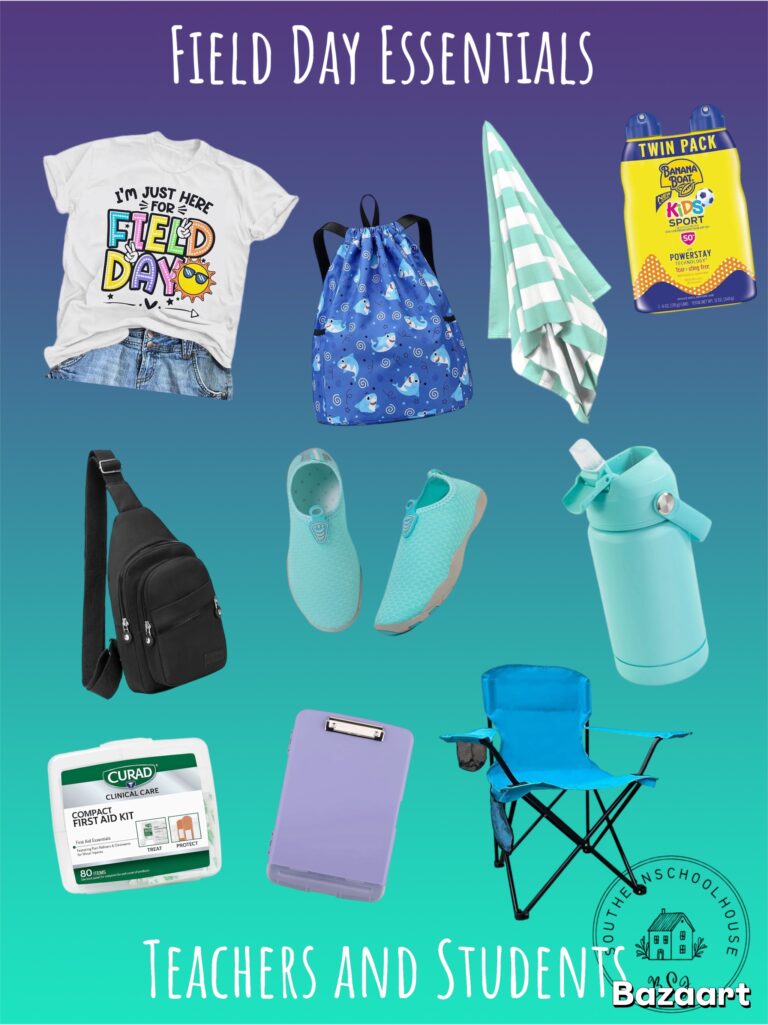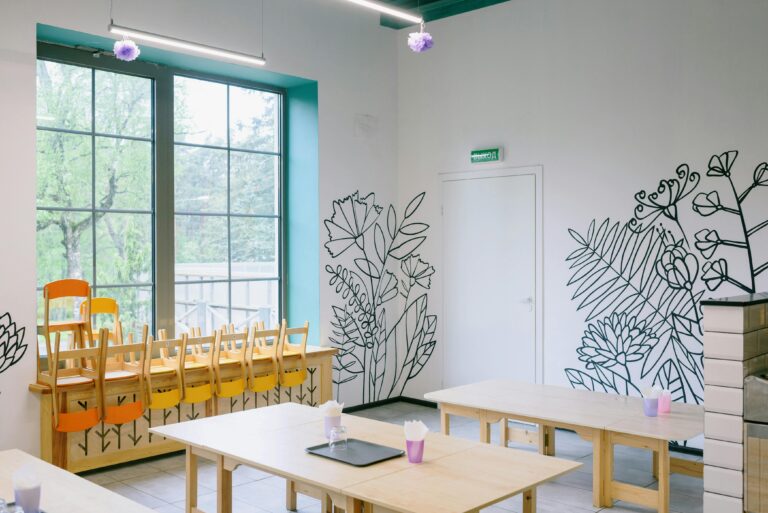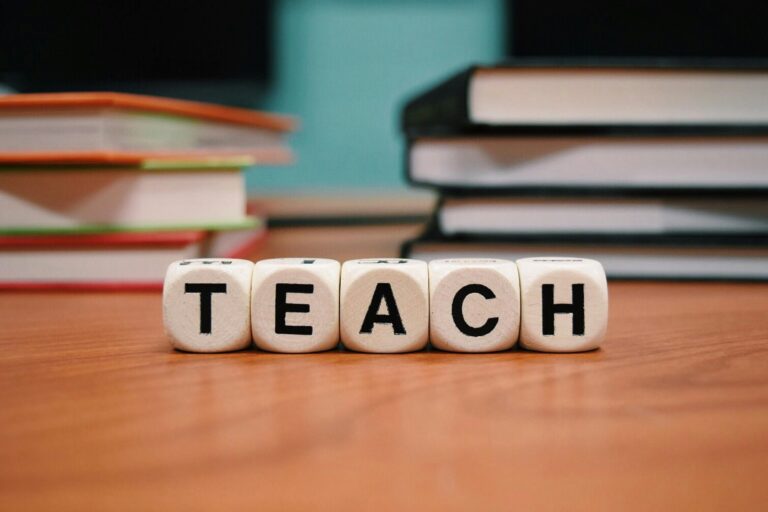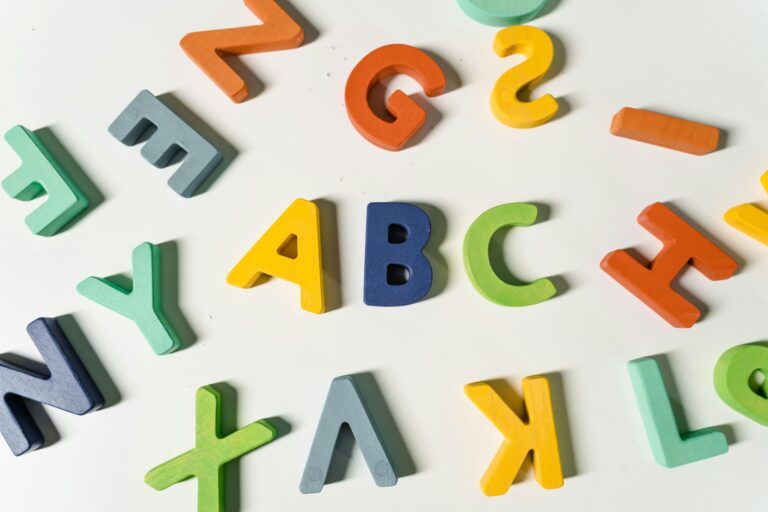By Joy at the Southern Schoolhouse
Disclosure: This post may contain affiliate links, meaning we get a small commission if you decide to make a purchase through our links, at no cost to you.
Environment manipulation is one of the easiest ways you can curb unwanted behavior and encourage emotional regulation.
Lighting
The school’s fluorescent lighting bothers me so I can only imagine how a student with sensory needs feels. To combat this, I only ever put on one of my light switches. This makes the lighting less intense. I also have invested in fluorescent light covers. I have the cream ones, which are very subtle and at this time only have half of my fixtures covered. This helps to filter the brightness and create a warm feeling within the space. My goal is to get a second set to cover all of the lights within my room.
When I need to bring complete calm and I have sufficient sun from the windows, I turn the lights completely off. The natural light plus my screen ambiance, is soothing. This is especially helpful when students are in an escalation cycle and need extra behavior support.
Some of my colleagues also use plug in lights and then turn off all overhead lighting, but you will have to check your local fire codes. These fixtures create a home-like feeling in your classroom and reduce the glare from the fluorescents.
Sound
Music is important for creating a calming classroom. In my resource room I use quiet instrumental music to bring serenity. There are many online choices to choose from. Our school also has a large screen where I connect my seasonal ambiance visuals and my classroom slides. My slides include the daily routine and were created using calming colors. This visual brings a familiar routine to every class period and helps the children know what to expect, which in turn can help create positive behavior.
Cutting down on other annoying sounds in the classroom is also a must. Old tennis balls slit and placed over the legs of furniture or felt pieces secured by rubber bands can eliminate the screeching sound of chair legs on tile. If you have the extra money, these leg covers come in a pack of 48 and look like a great option. If you use your phone as a timer for transitions, look for a soothing alarm. I picked “Seedlings” on my iphone.
Furniture Placement
Furniture placement is another easy way to create positive behavior. Making sure your room has separate learning areas where small groups can be held and where students can be given more personal space is important, especially in the special education classroom. Creating areas for centers or rotations that are clear, can help students learn the new routines. It also defines where learning versus chill spaces are located.
Furniture placement to put your daily teaching materials close by is also a must. It helps to reduce behaviors by reducing wait time. Shelving and extra desks can be great places to store teaching materials within reach. Shannon had a great article on her class bins. I use the same system and keep my clear bins stocked, labeled, and in order for group times on the back counter or a nearby shelf.
My furniture placement is purposeful and individualized for my current caseload. For example, once I had some new, younger students begin running around the classroom. This behavior was unacceptable, so the next day, the kidney shaped table was moved in a way that “shrunk” the room, removing the access to that area. This eliminated the behavior and gave me closer proximity to the students. Elopement can be addressed in similar ways by creating some furniture barriers or placing the teacher/assistant’s desk closer to the door to slow the child from escaping. This furniture placement paired with seating that student farther from the exit, will discourage this unsafe behavior.
When I taught in the self-contained classroom for students with emotional and behavioral difficulties, I bolted my furniture down when I could and even added weights to the bottom of my filing cabinets so they could not be pushed over. When they tried and did not have success, the behavior quickly faded.
Calming Center
I have also created a calming center in both corners of my classroom. One is for students who are needing support with emotional regulation and the other is for students that may just need a quiet space to complete work, read or have some additional sensory time. I also use this space once work is complete or if a student comes down too early for their group. This separation eliminates the distractions from the group that is still completing their lesson. You can see my article on how I created the different calming centers here (coming soon) and the items or similar items I use.
Organization
Having an organized environment also reduces unwanted behaviors. Creating supply stations that have all needed materials in a given space is helpful. The students will know where to go when something is needed. I also have smaller versions of needed supplies in each small group teaching area. This cuts down on wasted time looking for basic supplies.
Within my room each student also has an individual bin that is labeled with their name. They use this to store their individual work books as well as their basic supplies such as a pencil, dry erase marker and board. I was fortunate to have these already in my classroom so make sure to use what you have or search the school storage spaces for options.
Changing the classroom environment is an easy way to promote positive behaviors. Classroom lighting, sound, furniture, calming space and organization can be manipulated to help bring calm to not only your students but you as well.
Disclosure: This post may contain affiliate links, meaning we get a small commission if you decide to make a purchase through our links, at no cost to you.








